NOMAD Portable MP3 Players
Exhibit Narrative: NOMAD MP3 Players
If you were born after 2000 you may have little to no idea of the NOMAD line of products. However, they got a jumpstart on the MP3 player business before Apple did. It’s hard to say whether or not companies like these thought that MP3 players would be a hit or if they were simply making them because they could. Whatever the case may be, the invention of portable music players changed how audiences interacted with music as well as how the world shared music.
Before Apple’s iPod was released in 2001, Creative Technology Limited came out with their NOMAD digital audio player in 1999. This digital audio player had a playtime of about five hours, as long as it had two fully charged AAA batteries. It had its own FM tuner that could store ten channels and a voice recorder that could hold up to four hours of recording that could also be transferred to one's computer. It came with its own docking station so that MP3 music could be uploaded into the player itself. The NOMAD II improved these features: It was a compact player that ran off one AA battery and used SmartMedia memory cards. It allowed for CD-quality audio and the ability to voice record and had an FM tuner that could store up to 32 stations. The NOMAD II, however, had no internal memory and only had 64 megabytes to store music files.
Even though Apple was only a year or two later in releasing their iPod, the technology they used was quite different. Instead of a USB cable to transfer songs they used what they called a “FireWire®;” the iPod was rechargeable, unlike NOMAD’s products which ran on batteries. However, the iPod did not have an FM tuner or the ability to voice-record. Another difference between the iPod and earlier MP3 players was the absence of hardware. Unlike NOMAD’s products that came with CDs and docking stations and an abundance of cables, the iPod came with its FireWire®, a pair of headphones, and the device itself. The design was sleeker and minimalist. We’ve seen as companies continue to improve and release updated versions of their products, that they become less bulky and require fewer components to operate.
The NOMAD digital audio player was one of the first portable MP3 players available, and Big Heavy World recognized its capabilities right away. Using devices like a NOMAD II digital audio player made it easier to share music between the bands or artists and their audiences, or between artists and organizations like Big Heavy World that wanted to help expose the world to more music. One big advantage of these MP3 device-producing companies partnering with organizations like Big Heavy World was that they could offer more value to their products by pre-loading Vermont music onto them. But Big Heavy World didn’t use only this technology to get Vermont’s music to new audiences.
The internet was originally created as a platform to share information between institutions and universities around the world. It was only when it reached the public that it began to take the shape of what we now consider the internet. It was the World Wide Web (or WWW) that made the internet and its vast network more accessible. People were suddenly able to communicate and find information with the click of a button, but it didn’t stop there. The internet became a place to share art. Net art (art that uses the internet and can not be experienced any other way) became a new and exciting medium for artists to try, internet radio companies were beginning to pop up, and going to concerts was made easier by using streaming services. Being founded in 1996 means that Big Heavy World was able to advance alongside the internet and new music technology. In partnership with AudioNet, an early sports game streaming company, Big Heavy World was able to create a streaming channel for Vermont music. Big Heavy World was streaming live concerts and using emerging experimental technology that was being invented on college campuses.
Some bands that might have been heard because of these new industries and the relationships built with Big Heavy World were Zola Turn, Chin Ho!, and Chainsaws and Children. Vermont bands have always had original sounds and no two bands here ever sound the same. The term “alternative” was coined in the 90’s to describe bands like this, simply because no one knew what other category to place them into. Vermont’s music is still validating this idea with new bands creating new sounds and new ideas, and Big Heavy World continues to appreciate all of them.
In the DNA of Big Heavy World has always been found the mission of sharing Vermont music with the world and doing that with technologies as they first emerge.
